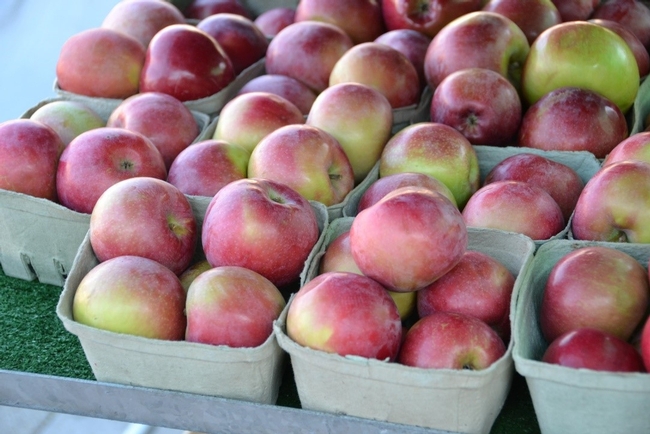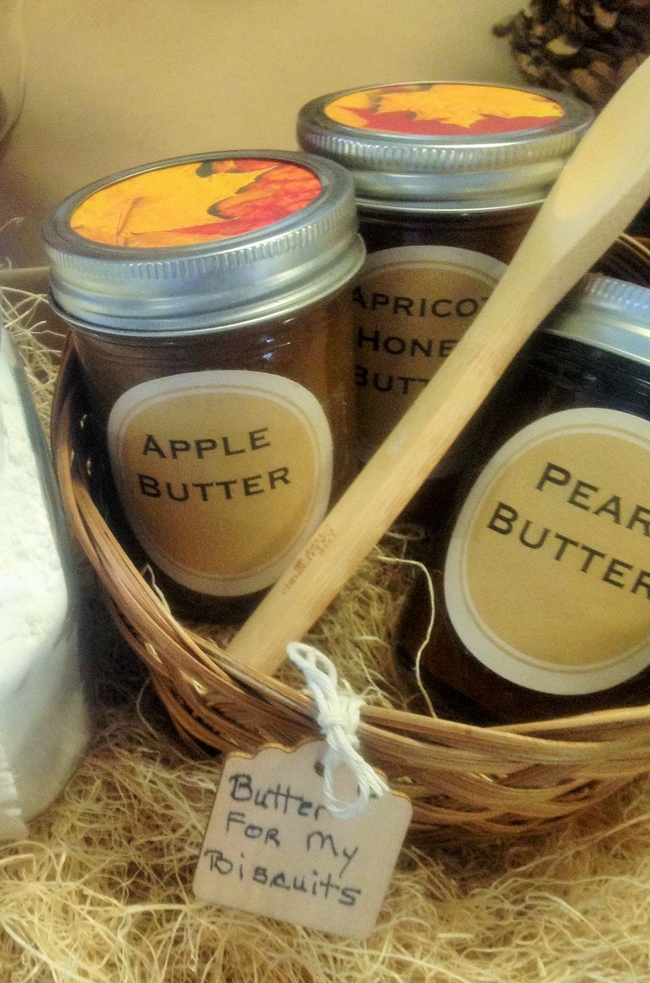
For some, it's time to wind down the season of preserving, but for others, this time of year provides a field of apple-tunity. Yes, the land of ample – I mean apple – opportunity. Here's a few ideas to get anyone started – no canning skills required!
“Home food preservation of apples and other seasonal fruits and vegetables allows families access to a wider variety of healthy foods throughout the year,” says Missy Gable, co-director for the UC Master Food Preserver Program. “In a time where food preservation is becoming increasingly more popular, it is critical for home preservers to follow research-based methods and recommendations to help ensure the preserved foods are safe for consumption.”

To keep it simple, let's look to the freezer as a means to store the apple bounty. There are researched and approved recipes for apple butter, apple jelly, baby food, applesauce, and sliced apples. Even amongst something as simple as sliced apples, you can choose to add some variety in the way you pack them, weather it is in syrup, sugar, or as a dry pack. Syrup packs are good for using in uncooked desserts or fruit cocktail. Sugar and dry packs are perfect for pies. Plan ahead and follow the method that makes the most sense for your season of life.
Dehydrating
Another method for keeping apples is dehydrating. In fact, it rivals freezing in its simplicity. Think rings, wedges and chips. In preparing the crispy treat, remember to pretreat the slices to prevent browning. It can be as simple as making a solution of 2 cups water with 3000mg ascorbic acid (crushed Vitamin C tablets), and dipping the slices for 3 to 5 minutes. Place the apple slices in a dehydrator for six to 12 hours and voila, apple pieces abound for use as granola mix-ins, oatmeal toppings, or a crunchy snack.

For more information about apples, download the UC ANR publication Apples: Safe Methods to Store, Preserve, and Enjoy. Detailed recipes and preservation practices alluded to in this article can be found on the National Center for Home Food Preservation site, the Ball site, and in So Easy to Preserve.
If you'd like to learn more in-depth knowledge about safe home food preservation, check out the UC Master Food Preserver Program. They hold public classes by county as well as extensive training programs for qualified applicants.